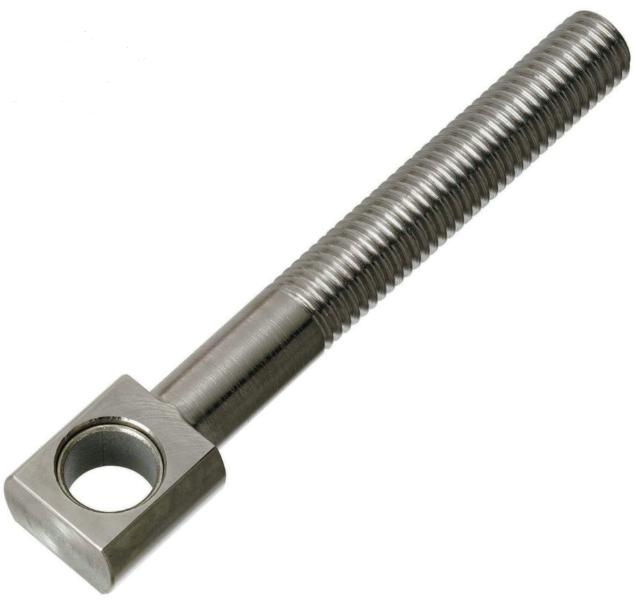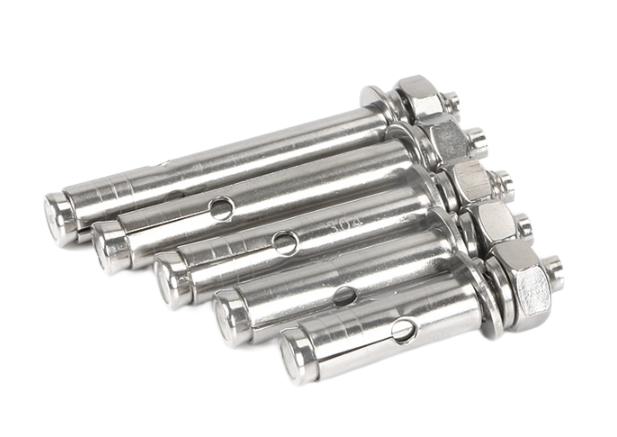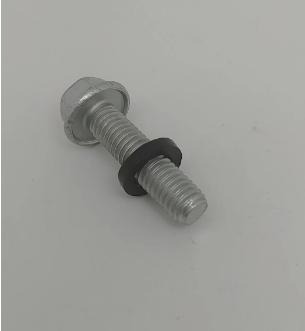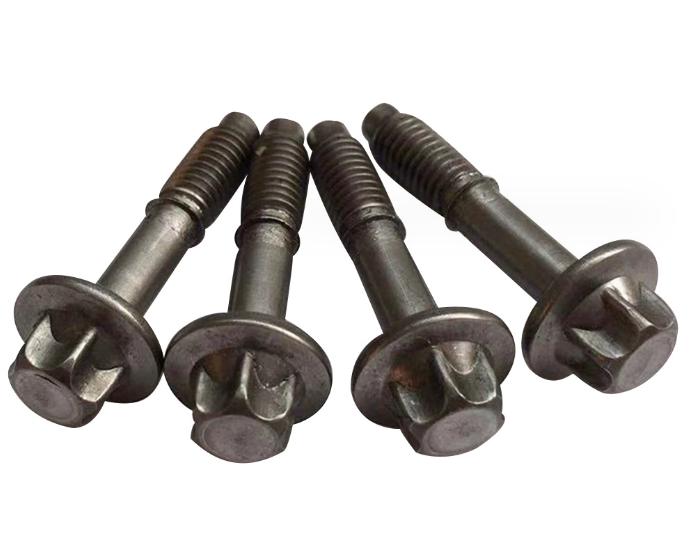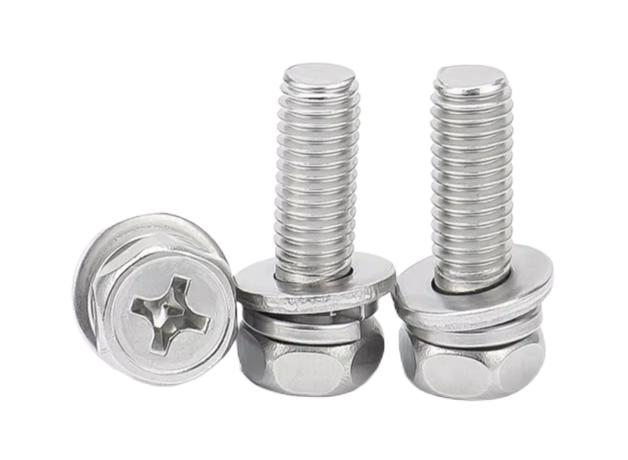How to Tighten Bolts and Nuts?
Bolts and nuts are the unsung heroes of structural integrity, keeping machines, automobiles, infrastructure, and a plethora of objects that define our contemporary world together. It is critical to ensure their secure fastening for safety, efficiency, and lifespan. In this post, we’ll look at how to tighten bolts and nuts, delving into the art and science of tightening bolts and nuts, from torque to suitable procedures.
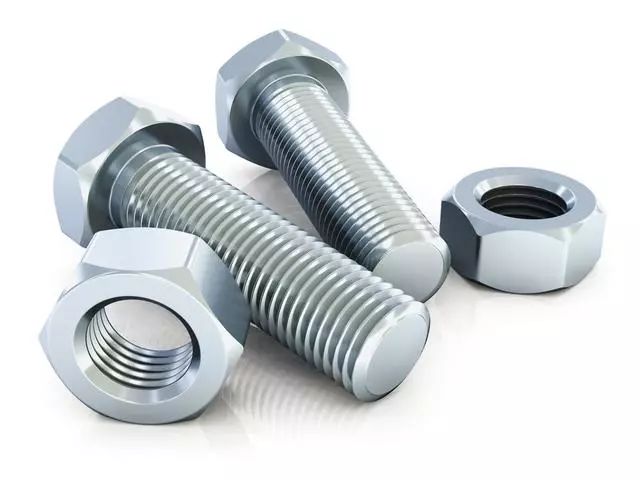
Why Torque is Important for Tightening Bolts and Nuts?
Torque, often known as the rotational force applied to an item, is an important aspect in the tightening of bolts and nuts. It is critical to the integrity, safety, and longevity of mechanical assemblies.
1. Achieving Optimal Clamping Force
The fundamental goal of tightening bolts and nuts is to create a clamping force that keeps two or more components together. This clamping force keeps the components from moving relative to one another, preserving structural integrity. Torque is directly proportional to clamping force—the more torque applied, the greater the clamping force created. Proper clamping force guarantees that components stay firmly connected even when subjected to varying loads, vibrations, and climatic conditions.
2. Uniform Load Distribution
Applying the proper amount of torque ensures that clamping force is distributed evenly throughout the threads of the bolt and the mating surface. Uneven torque can cause uneven loading, resulting in stress concentrations and possibly early failure of the fastener or assembly. Uniform load distribution minimizes the risk of localized stress points and enhances the overall reliability of the assembly.
3. Avoiding Over-Tightening and Under-Tightening
Over-tightening or under-tightening bolts and nuts can both be dangerous. Overtightening can cause the fastener or the components to break owing to high stress, whereas under-tightening can result in insufficient clamping force, resulting in loosening and potential component separation. Manufacturers’ torque requirements aid customers in striking the best balance between these extremes.
4. Controlling Friction
Using the proper torque value reduces friction between the threads of the bolt and nut. Excessive torque can cause excessive friction, making tightening the fastener harder or damaging the threads. Insufficient torque, on the other hand, can result in insufficient friction, resulting in fastener loosening. The application of proper torque ensures that friction is kept within the desired range.
5. Meeting Design Requirements
Engineering and design concerns are focused on the exact torque values required to ensure the assembly’s desired performance and safety. Bolts and nuts are frequently designed to withstand certain loads, pressures, and vibrations. Following the torque recommendations ensures that the assembly satisfies these design requirements, preventing unexpected failures and providing consistent performance.
6. Preventing Galvanic Corrosion
When two dissimilar metals come into touch in the presence of an electrolyte (e.g., moisture), galvanic corrosion can occur. Tightening fasteners correctly ensures that they are properly secured, avoiding the danger of micro-movements that might accelerate galvanic corrosion. This is especially important in areas where corrosive substances are present.
7. Enhancing Safety
Many applications involve structural elements, vehicle components, or mechanical parts that have a direct impact on safety. Accurate torque application ensures that these components remain securely attached, reducing the possibility of accidents, failures, or malfunction.
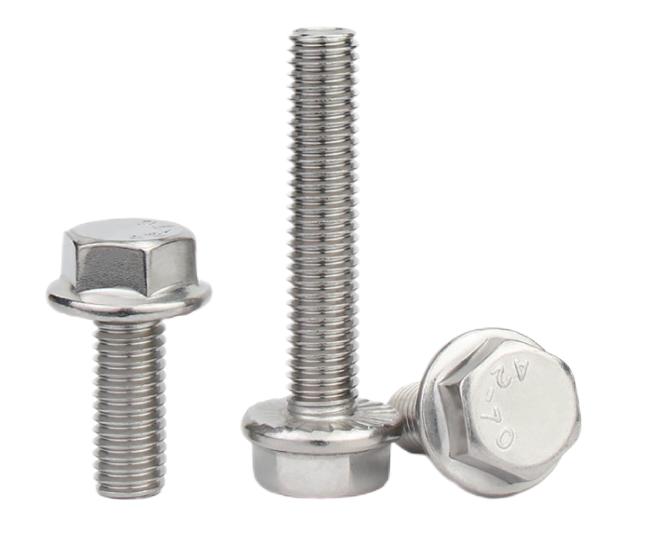
What are the Detailed Steps for Tightening Bolts and Nuts?
1. Selecting the Right Tools and Equipment
Before you begin tightening bolts and nuts, make sure you have the following tools and equipment:
Wrenches or socket wrenches: Select the appropriate size for the bolt or nut. For varied sizes, an adjustable wrench can come in handy.
Torque wrench: This unique tool enables you to precisely apply a specified amount of tension to obtain the appropriate tightness.
Lubricants: When tightening, use a lubricant or anti-seize compound to reduce friction and prevent galling.
2. Choose the Correct Torque Value
The manufacturer specifies the recommended torque value for each bolt and nut. This value ensures that the fastener is tightened to the appropriate tension, striking a balance between secure attachment and avoiding damage. Refer to the equipment’s manual or engineering specifications for the correct torque value.
3. Prepare the Fasteners and Surfaces
Remove dirt, debris, and rust from the threads of the bolt and nut. Clean threads ensure correct torque application and help to avoid potential problems such as cross-threading.
4. Hand-Tightening
Tighten the bolt and nut by hand until they are snug against the surface. This first step aligns the threads and prevents binding during torque application.
5. Using a Torque Wrench
A torque wrench is a precision tool that allows you to apply exactly the right amount of torque.
Take the following steps:
- Torque the torque wrench to the specified setting.
- Connect the torque wrench to the suitable socket.
- Place the socket over the head of the nut or bolt.
- Use constant, uniform pressure on the torque wrench until you hear it “click” or the set torque is attained.
6. Applying Torque in Stages
Tightening large bolts or those with high torque needs in phases is recommended. Tighten the fastener in increments of the recommended torque value, alternating between different bolts or nuts if applicable. This method aids in achieving an equal clamping force over the joint.
7. Avoid Over-Tightening
Overtightening can result in a variety of problems, including stripped threads, bolt breakage, and damage to the connected components. Stop applying force once the torque wrench indicates that the desired torque value has been obtained.
8. Check for Looseness
It’s critical to examine the bolts and nuts for signs of loosening after some use or vibration. Retighten them to the appropriate torque value if you find any.
9. Re-Torque as Necessary
Certain applications, particularly those involving essential safety components, necessitate regular re-torquing. This helps counteract the effects of settling and external forces.
10. Seek Professional Help
If you’re unsure about torque values or proper approaches, it’s always a good idea to seek professional advice. Bolts and nuts that keep important systems together require accuracy and skill.
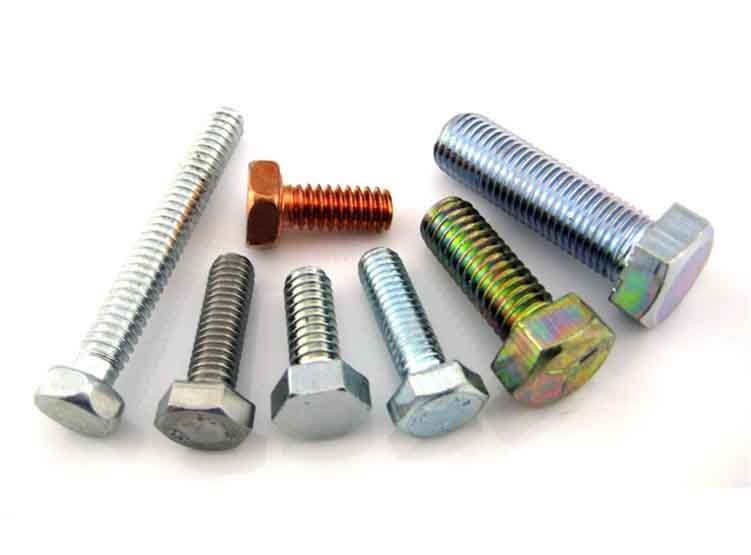
Summary
Tightening bolts and nuts is more than just a mechanical activity. It’s an important part of assuring the safety and operation of numerous systems. You may approach bolt and nut tightening with confidence if you understand the foundations of torque, use the necessary tools, and follow suitable practices.

